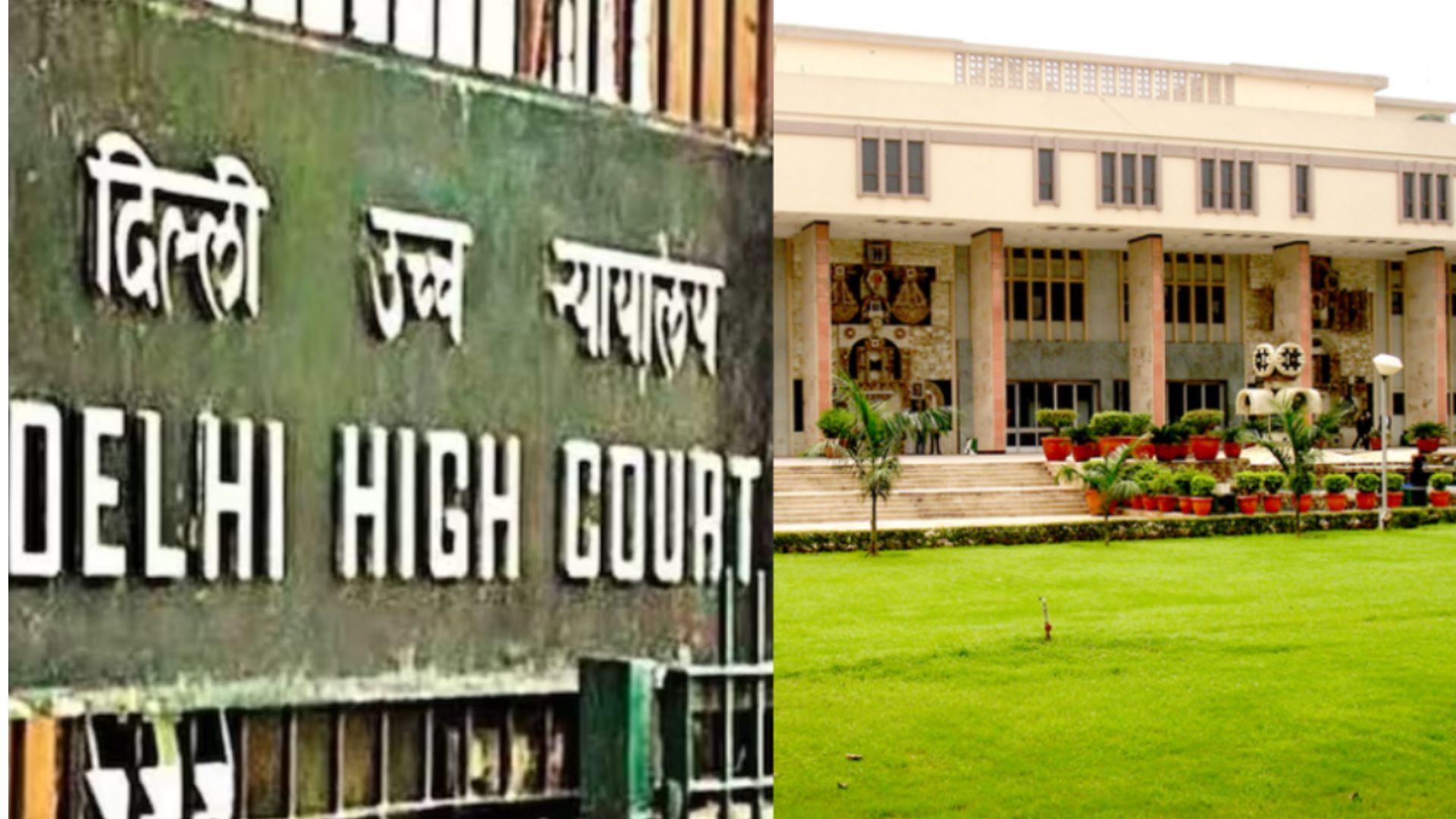
When a pebble is cast into a still pond, it creates a ripple effect and sets a chain reaction in motion. Similarly, architectural endeavours, far from being stationary entities on city skylines, possess the capability to instigate a dynamic ripple effect that revitalises regional economies. This presents an opportunity that extends well beyond construction sites, permeating the essence of neighbourhoods, economies, and livelihoods. From renowned structures to communal areas, each architectural creation serves as a catalyst for advancement, nurturing innovation, employment, and prosperity. In this article, Ar. Saumitra Bhatkhalkar & Ar. Sharmin Wade, Founders and Principal Architects at Studio SB, delve into the ramifications of architectural undertakings on local economies, elucidating the intricate network of investments and opportunities that delineate the correlation between architecture and economic advancement.
Fostering Employment Opportunities in Local Communities
The construction phase of architectural projects is a significant driver of job creation, offering employment opportunities to a diverse workforce within local communities. “Skilled tradespeople, labourers, engineers, and project managers find employment in various facets of construction, contributing to the reduction of unemployment rates and the enhancement of workforce skills. Moreover, the long-term operation and maintenance of completed architectural projects continue to support jobs in sectors such as property management, facility maintenance, and hospitality, sustaining economic vitality over time”, says Sharmin.
Urban Revitalisation
Architectural projects revitalise urban morphology and breathe new life into underutilised areas of the local areas. Through adaptive reuse or the creation of new landmarks, these projects change bland neighbourhoods into vibrant hubs of activity, attracting residents, businesses, and visitors. The revitalisation of urban spaces enhances the quality of life for existing residents and generates opportunities for entrepreneurship, cultural enrichment, and social interaction, fostering a sense of community pride and cohesion.
Architecture, Tourism, and Destination Appeal
Iconic architectural structures serve as magnets for tourism, drawing visitors from near and far to experience their unique design, cultural significance, and aesthetic allure. According to Saumitra, “Landmark buildings and public monuments become symbols of local identity, capturing the eye of travellers and contributing to the economic vitality of destination cities. The influx of tourists stimulates spending in local businesses, restaurants, hotels, homestays, and cultural attractions, supporting jobs and generating tax revenues that fund public services and infrastructure improvements”.
Small Business Growth Opportunities
Architectural projects stimulate small business growth by providing opportunities for entrepreneurship and local economic participation. Small contractors, subcontractors, suppliers, and consultants help in the supply chain of construction projects, contributing to economic diversification and wealth creation within local economies. Moreover, minority-owned, women-owned, and disadvantaged businesses benefit from procurement policies that promote diversity and inclusion, creating a more balanced distribution of economic scope and resources.
In essence, the profound impact of architectural projects on local economies is undeniable, as they serve as a tool for growth, innovation, and prosperity. As we look towards future endeavours, it is essential to recognise the power of design in shaping vibrant, resilient, and inclusive communities. The legacy of these projects extends beyond sites, etching a signature on the generations to come.















